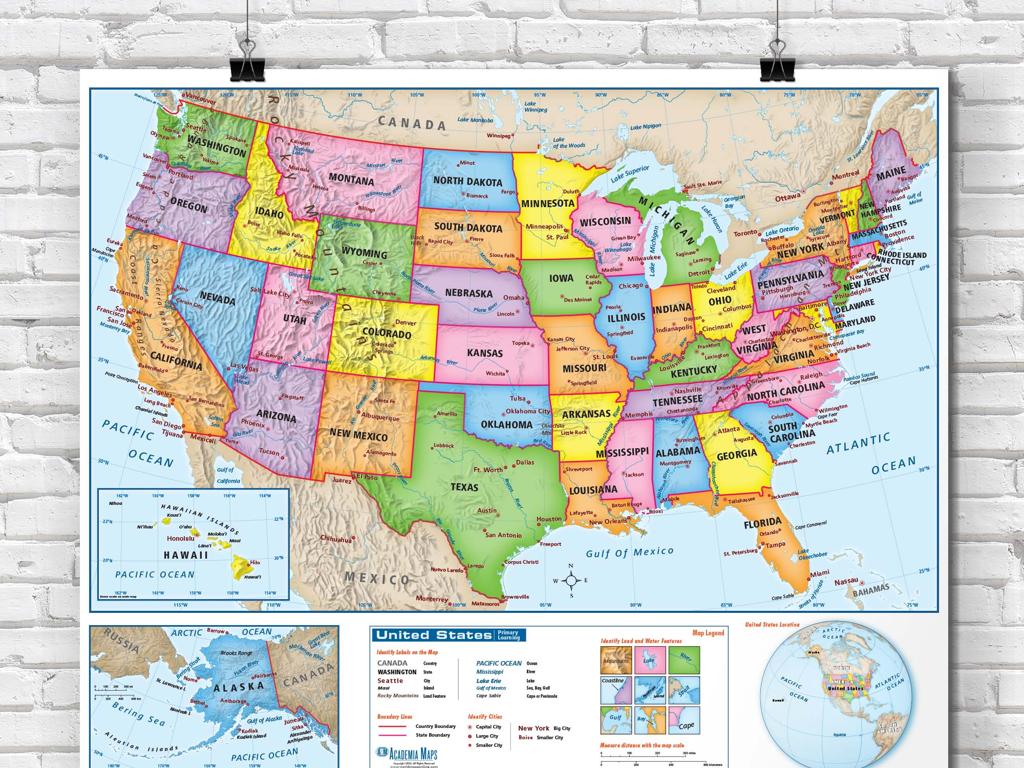Divide By 6
Subject: Math
Grade: Third grade
Topic: Division Skill Builders
Please LOG IN to download the presentation. Access is available to registered users only.
View More Content
Today’s Adventure: Divide by 6!
– What is division?
– Division as sharing equally
– If you have 12 cookies and 2 friends, how many does each get?
– Dividing numbers by 6
– Practice with: 6 ÷ 6, 12 ÷ 6, 18 ÷ 6, and so on.
– Importance of division skills
– Division helps in everyday tasks like sharing snacks or toys fairly.
|
This slide introduces the concept of division to third-grade students by framing it as an adventure and focusing on dividing by 6. Start by explaining division as the process of splitting a number into equal parts. Use relatable examples, such as sharing cookies among friends, to illustrate the concept of ‘sharing equally.’ Provide simple division problems involving the number 6 to practice. Emphasize the importance of division in everyday life, such as dividing up snacks or toys among a group, to make it relevant and understandable for the students. Encourage the students to think of other situations where they might need to divide things equally.
Understanding Division: Divide by 6
– Division means equal groups
– It’s like ‘fair sharing’
– Example: Sharing 6 cookies
– If 2 friends share 6 cookies equally, how do they divide them?
– Each friend gets how many?
– 6 cookies divided by 2 friends equals 3 cookies each
|
This slide introduces the concept of division to third-grade students by relating it to the idea of ‘fair sharing’. Start by explaining that division is a way of splitting things up evenly. Use the example of sharing cookies to make it relatable. Ask the students how they would share 6 cookies with 2 friends so that each person gets the same amount. This leads to the understanding that 6 divided by 2 equals 3. Emphasize that division is about equal distribution. Encourage students to think of other examples where they share things equally. This will help them grasp the concept of division by 6 and division in general.
Dividing by 6
– What does it mean to divide by 6?
– Dividing is sharing equally among a number
– Splitting into 6 equal parts
– Imagine dividing a pizza into 6 slices
– Example with 6 apples and friends
– If you have 6 apples for 6 friends, how do you share?
– Each friend gets an equal share
– One apple per friend is fair and equal
|
This slide introduces the concept of division by using the number 6. It’s important to start with the basic understanding that division is a way to split something into equal parts. Use relatable examples, such as sharing apples among friends, to illustrate this point. Make sure to emphasize that each part must be equal, which is a key aspect of division. Encourage students to visualize the division process by thinking about dividing objects they interact with daily, like food or toys, into 6 equal parts. This will help them grasp the concept of division as an equal sharing process.
Let’s Practice Dividing by 6!
– Solve 18 ÷ 6
– How many times does 6 fit into 18?
– Solve 30 ÷ 6
– How many times does 6 fit into 30?
– Count how many 6s in a number
– Use objects or drawings to help count
– Practice makes perfect
|
This slide is designed to provide students with practice problems for dividing by 6. Start by working through Example 1: 18 ÷ 6. Ask students to visualize groups of 6 and count how many groups they can make. Repeat the process with Example 2: 30 ÷ 6. Remind students that division is essentially determining how many times the divisor fits into the dividend. Encourage them to use physical objects like counters or draw pictures to help them understand the concept. After going through the examples, allow students to try more problems on their own or in small groups to reinforce the skill. The goal is to build confidence and fluency in dividing by 6.
Using Multiplication to Understand Division
– Multiplication is division’s opposite
– Example: 6 x 3 equals 18
– If we multiply 6 by 3, we get 18
– So, 18 divided by 6 equals 3
– It means if we have 18, we can split it into 3 groups of 6
– Learn 6-times table to divide by 6
– Knowing the 6-times table makes it easier to see how many times 6 fits into a number
|
This slide is aimed at helping students understand the relationship between multiplication and division, specifically when dividing by 6. Start by explaining that multiplication and division are inverse operations; they undo each other. Use concrete examples like 6 x 3 = 18 to illustrate this point, and then show how this knowledge helps us solve 18 ÷ 6 by thinking about how many times 6 is contained within 18. Emphasize the importance of memorizing the 6-times table as a tool to make division by 6 much simpler. Encourage students to practice with different numbers and to use multiplication facts they already know to help them divide by 6.
Group Activity: Division Relay
– Split into groups of six
– Each group receives flashcards
– Flashcards have division by 6 problems
– Solve the cards together quickly
– Discuss strategies and solve as a team
– Teamwork and speed are key
|
This activity is designed to encourage collaboration and quick thinking as students work together to solve division problems. Each group of six will receive a set of flashcards with division by 6 problems to solve. The goal is to work as a team to solve each card as quickly as possible, promoting a sense of urgency and teamwork. Teachers should monitor the groups, provide guidance as needed, and ensure that each student is participating. Possible variations of the activity could include timed rounds, awarding points for correct answers, or having teams pass incomplete problems to the next group after a certain time limit to promote cooperative problem-solving.
Class Activity: Share the Sweets
– We have 36 sweets to share
– How to divide them equally?
– Let’s calculate using division by 6
– If we divide 36 by 6, how many does each person get?
– Enjoy the sweets equally!
|
This activity is designed to help students understand division by using a practical and engaging example. Start by presenting the total number of sweets (36) and ask the class how they might share these equally. Guide them through the process of dividing 36 by 6, which will give them the number of sweets each student should receive. This hands-on activity not only makes learning division fun but also emphasizes the concept of fairness and sharing. Possible variations of the activity could include dividing the sweets among different numbers of students, using different numbers of sweets, or even introducing scenarios where there are leftovers (remainders).
Homework Challenge: Divide by 6
– Practice division with 6 at home
– Finish your Division Skill Builders sheet
– Use the worksheet to divide different numbers by 6
– Check your work before class
– Make sure all divisions are correct
– Share your answers tomorrow
|
This homework slide is aimed at reinforcing the concept of division by 6. Students are expected to practice at home to enhance their understanding and fluency in division. The Division Skill Builders worksheet is a tool that provides a variety of problems for students to solve, ensuring they get ample practice. Encourage students to double-check their work to foster accuracy. In the next class, a discussion session will allow students to share their answers, learn from each other, and clarify any misunderstandings. As a teacher, be prepared with additional examples and common misconceptions to address any issues that may arise during the sharing session.
Great Work on Division by 6!
– Congratulations on learning to divide by 6
– Practice is key to mastering division
– Try more problems to get even better
– Excited for our next math journey
– Keep practicing at home!
– Use flashcards and games for fun learning
|
This slide is meant to congratulate the students on their hard work and progress with dividing by 6. It’s important to encourage them to continue practicing in order to solidify their understanding and skills. Remind them that practice is essential in math, just like in sports or music. Looking forward to the next lesson, instill excitement about continuing their math adventure. Provide suggestions for at-home practice, such as using flashcards, playing division games, or working through additional worksheets. Celebrate their achievements and motivate them for continuous learning.






